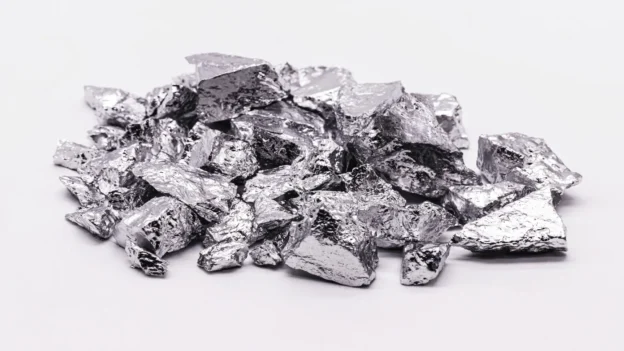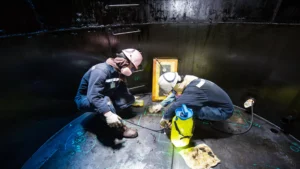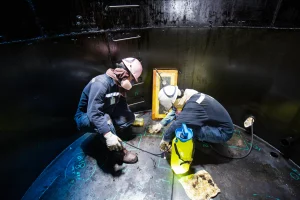
Inclusions and their impact on the corrosion of chromium alloys
Inclusions affect the corrosion resistance of chromium alloys in industrial applications.

Inclusions affect the corrosion resistance of chromium alloys in industrial applications.

Electrolysis, carbon capture and biogas are key technologies for reducing emissions in industrial hydrogen production.

Corrosion is a natural process of material degradation, with multiple consequences, not only economic, but also environmental and human.
Current research has focused its studies on the problems presented by metallic corrosion, caused by the progressive deterioration of the environment. However, there are few studies on the reverse case in relation to the effect that corrosion has on the environment.

Climate change is a complex phenomenon that represents one of the great challenges of the 21st century due to its characteristics, causes and global consequences,

Organizational and cultural factors that make it difficult to integrate maintenance as a key part of the production process.

Inspection of storage tanks according to American Petroleum Institute (API) standards are important to prevent not only catastrophic failures, but also to avoid problems related to the mechanical integrity of the assets affected mainly by corrosion in floors, walls and ceilings.

The field of storage tank inspections comprises in-service and out-of-service inspections of vertical and horizontal above-ground and subway tanks. A combination of techniques including engineering calculations according to API 653 and API 650 and other relevant specifications are used to perform a comprehensive inspection of the overall condition of the tank.